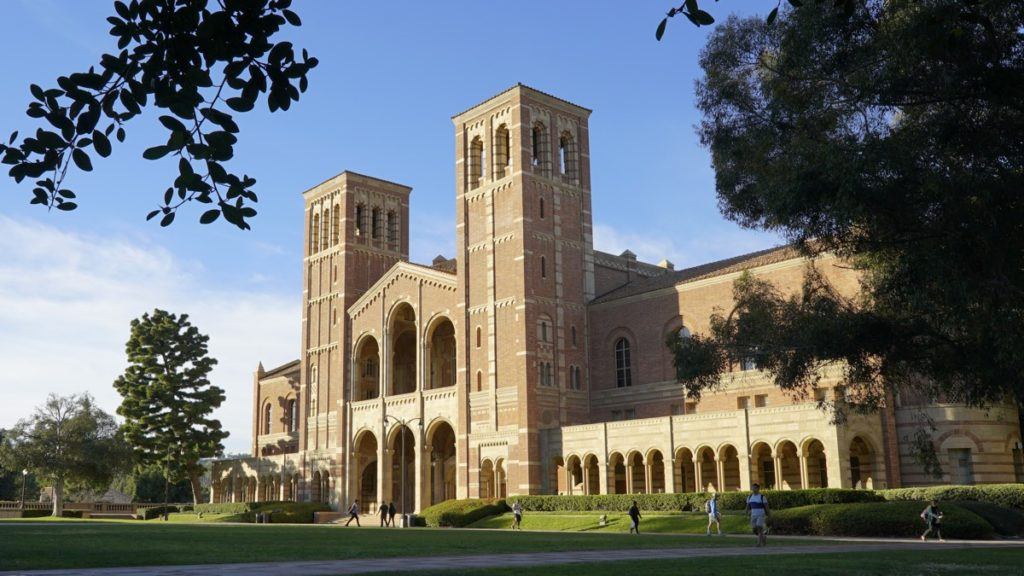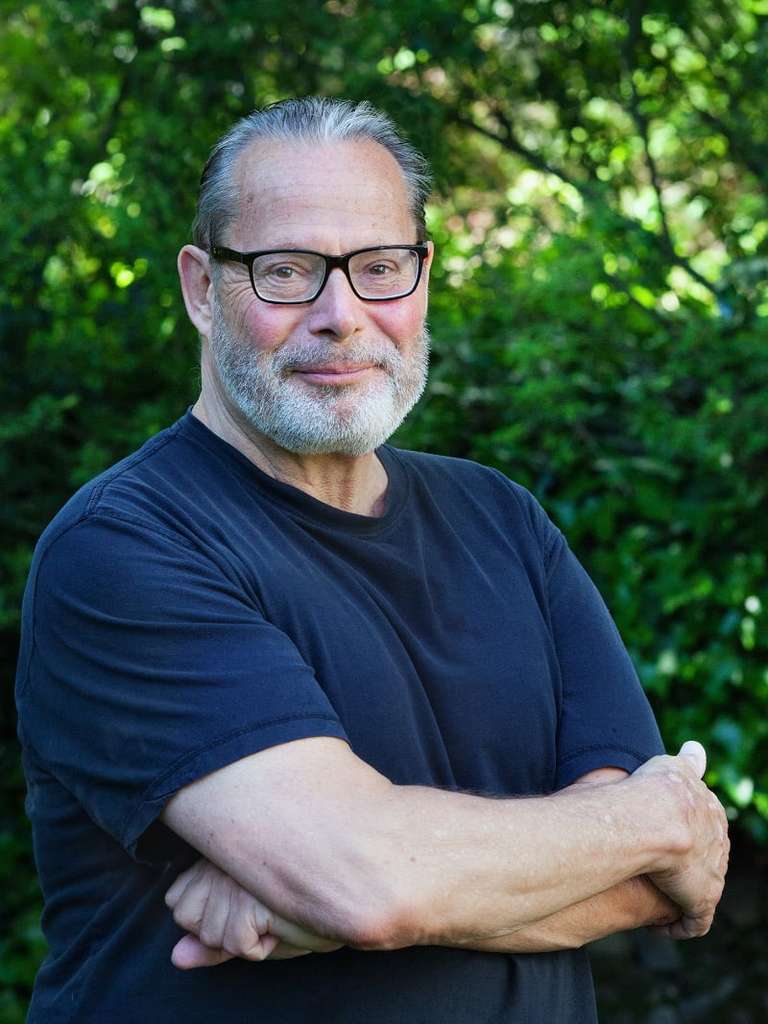
Universities must change, but how?
Never has the pace of technological change been so rapid. Some would argue the pace of social and political change is similarly breathtaking. But one thing has remained essentially the…
When I went to college, no student owned a computer. Now every student does. Today’s smart phones have more computing power than what NASA used to launch the Apollo missions.
Never has the pace of technological change been so rapid. Some would argue the pace of social and political change is similarly breathtaking. But one thing has remained essentially the same—the standard university course and curriculum. As a result, universities are out of step with the times, and have become subject to criticism for failing to adjust to new technology and the distinct challenges undergraduates face.
Twenty-one million students currently attend college in the United States. Between eight and 14 million of them are non-traditional—they do not live in dorms or give their full attention to school. They may be commuter students, taking night courses, working full time and attending classes full time, or even refugees working multiple low-wage jobs as they try to find their way to the American dream.
Working part-time while attending college is something of a tradition, but today’s students carry a much heavier schedule: one in four work full time while also going to classes full time, and 40 percent work 30 hours a week. And yet they still accumulate huge debts. In 2016, the average debt of a college graduate was $40,000. And collectively, Americans owe a staggering $1.3 trillion in student debt. When I try to schedule senior dinners or statistics help sessions, the students’ job schedules make it almost impossible—their calendars are at least as full as mine. And while their idealism is no less than that of college students from the 1960s, today’s undergraduates face an economy with diminished opportunities and much stiffer competition. That changes what they hope to get from their education.
Two books published this summer—The New Education by Cathy N. Davidson and Campus Confidential by Jacques Berlinerblau—critique universities for failing to adjust to our changing world, for neglecting the needs of students, and for rising costs. In some cases, such as with rising tuition, reductions in state and federal funding that are to blame. When the recession hit in 2008, colleges suffered the harshest cuts. States spend an average of 17 percent less per college student now than before the recession. Another culprit for rising costs is so-called “administrative bloat.” In the 1960s there were twice as many faculty as administrators and staff. Today, administrators and staff outnumber faculty (fulltime and adjuncts combined).
But, in the end, the teaching model itself warrants the most scrutiny.
Today’s universities are based on a model championed by Charles Eliot, who served as president of Harvard University from 1869 until 1909. Eliot introduced standardized entrance exams and organized faculty into specialized departments. Testing and standardized metrics reigned supreme. Today’s students do not want to write a paper to get a grade, they want to write a paper to make a difference. Science students want to take more humanities—but overwhelming course requirements for their major make such broadening impossible. The world is in flux as never before. Students can best learn to deal with that flux by learning how to problem-solve, how to do research, and by getting off-campus so their view of the world is neither parochial nor elite.
At UCLA IoES, we know our students widely consider their year-long team research project, the senior practicum, to be the best part of their education. We do not yet know how to extend this experience to juniors, sophomores and freshmen. And we have not identified with clarity the skills students most need to be adaptable in today’s world. For it is skills, not disciplinary knowledge, that may be most important to our graduating students’ futures. Writing is certainly one of those skills, but what else? Data indicate that active student learning, which looks nothing like the standard college lecture, is by far the most effective way to teach college students. This type of learning requires a radical shift in how faculty teach, will probably take a lot more work than the standard lecture approach, and is best served by a classroom design that is in short supply.
As we criticize universities for resistance to change, we should also recognize that, at a global level, American universities remain among the best in the world. One can dispute the way such rankings are concocted, but demand for admission to American universities by international students is enormous. “Revolutionize” is the word most often used in describing the course of action universities should take—but that revolution needs to leave the basic structure intact.
Sources:
The New Education. Cathy N. Davidson. 2017. Basic Books, NY.
Campus Confidential. Jacques Berlinerblau. 2017. Melville House, Brooklyn.
The Singularity is Near. Ray Kurzweil. 2005. Viking Penguin, NY.

